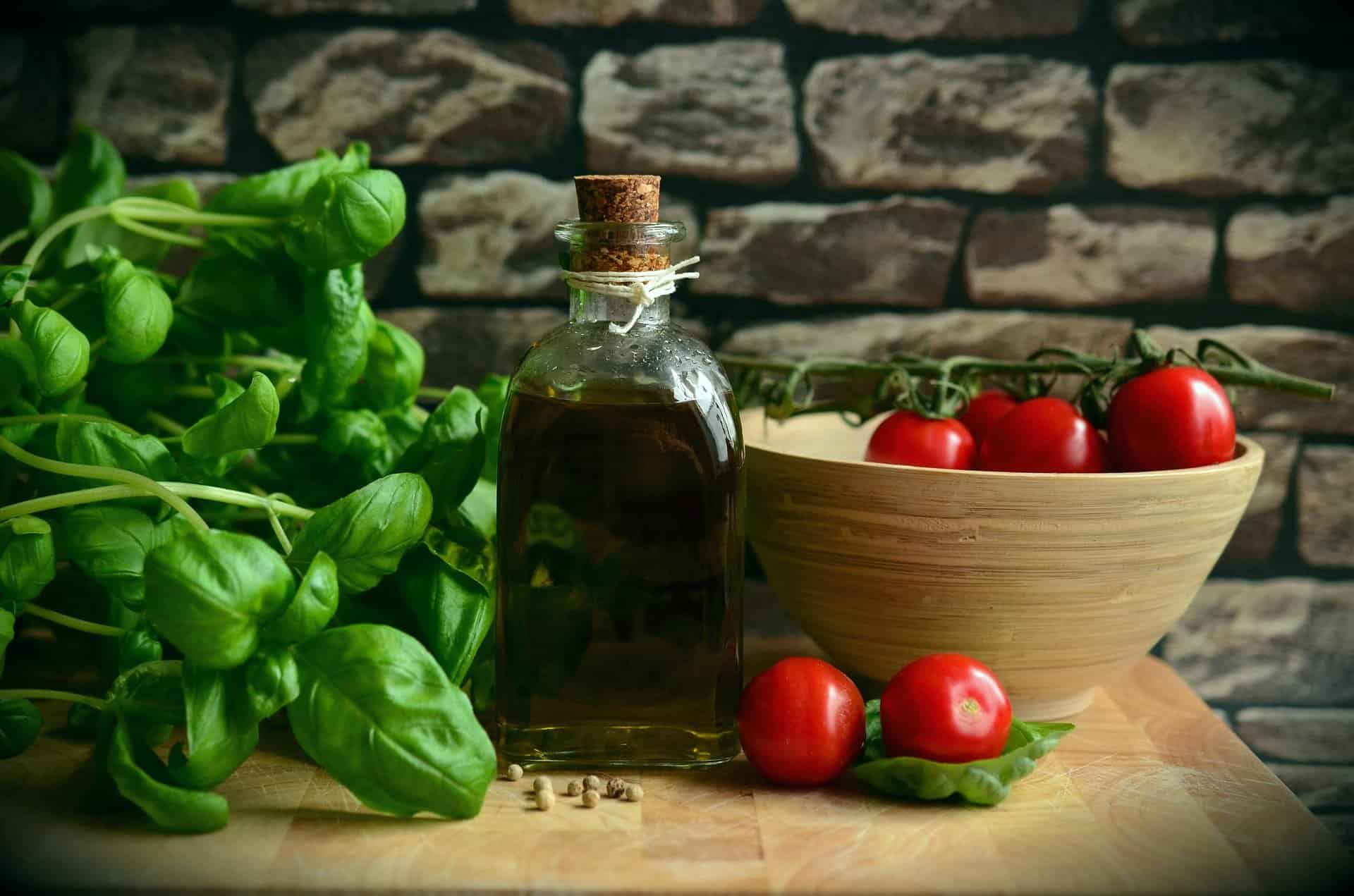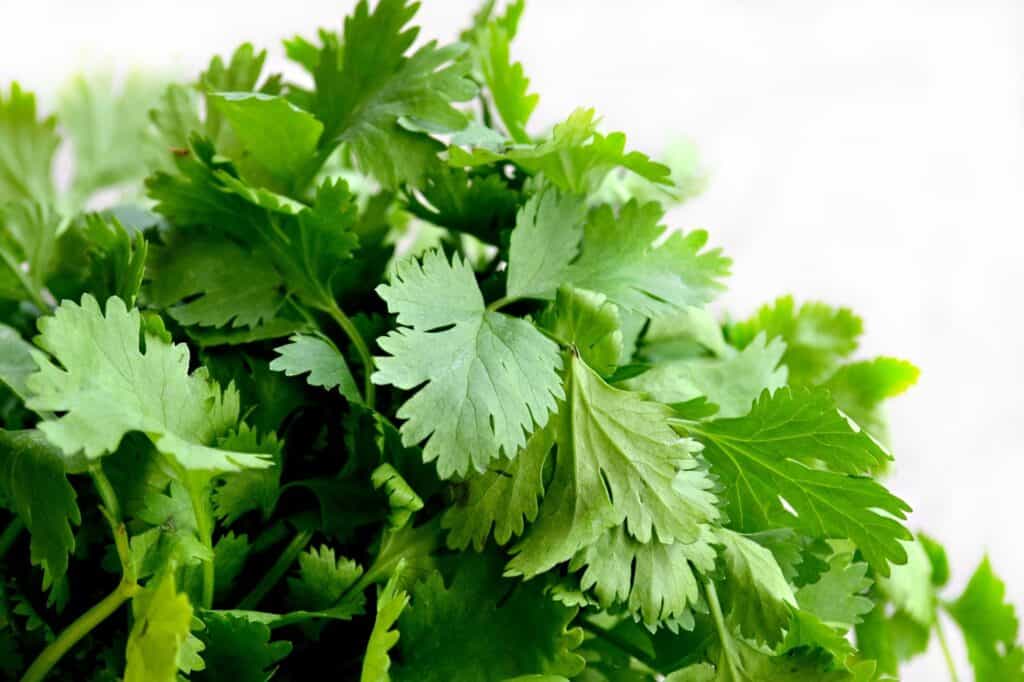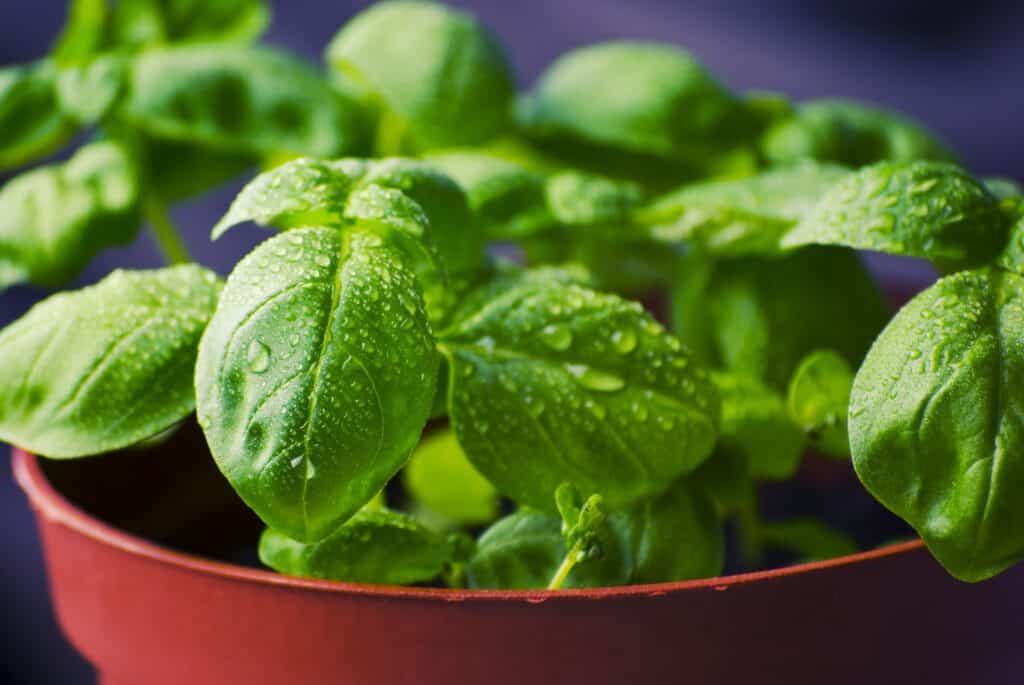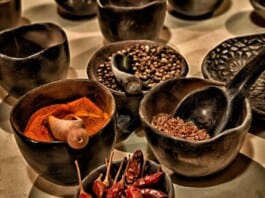
Italy with its famous herb gardens
Italian cuisine would neither exist without fresh and aromatic plants. What would pasta be without the miraculous addition of herbs? The famous Italian tomato paste, aromatic olive oil and balsamic mustard all draw their flavor from their produce. It is almost impossible to determine at what particular time in history the aromatic plants have become such an important part of Italian cuisine.

Historians argue that Italians’ interest in aromatic plants increased during the Renaissance period. That’s when the De Medici family’s famous herb gardens were built in Florence, and their use became so popular. Their abundance and variety have inspired chefs from all regions, so that, from each area, at least one world-famous recipe has been launched.
A trip to Italy garden aromatic plants

The usual parsley is the basic ingredient in most Italian cuisine. Not the curly parsley, but the flat-leaved Italian parsley.
The chef’s star and favorite, however, is basil. Associated more than any other plant with the idea of Italian cuisine, its taste and smell are evocative and instantly transport us to the paved alleys of Naples and Sorrento.

Perfect for snacks and antipasto, it is the one that gives flavor to bruschettes, mozzarella cheese, especially when used fresh and broken, instead of being cut. Italians consider it fundamental for soups, tomato pastes and salads, but especially for the wonderful pesto sauce.
The marjoram, the wonder plant of Italian cuisine, is not lacking in fish and seafood dishes, its aroma being a continuation of the natural flavour of the sea products, as well as a way to maintain the balance of taste in the fish cuisine.
Salvia is very popular for its very special flavor, which reminds me of the Tuscan sun. In the specific kitchen is used most often with rosemary, to give special flavor to steaks. It can also be used separately to season some beef or pork dishes. The famous saltimbocca, the sage gives it its taste.

Larger leaves are often made in olive oil and smothered as snacks, of course alongside an old Italian wine.
It is said that the Italians have the best cuisine in the world, and its heart consists of aromatic plants, those without which no Italiano vero can cook. And most importantly, Italians use them fresh.
Apart from being the stars of the kitchen, each plant has very strong properties that maintain the health of the body. Parsley is an excellent detoxifierthat preserves the youthful appearance of the skin. Salvia is very soothing after a busy day, and basil does wonders for hair.
Although we can find these herbs in supermarkets or markets, a few pots in which to grow your own aromatic organic garden is not a bad idea at all. We’ll bring Green Italy to our home until the next holiday when we’re back there.



